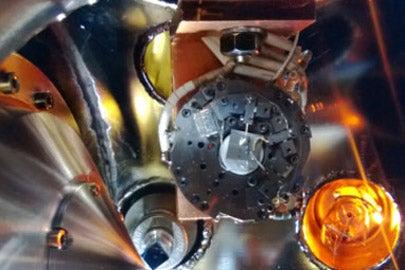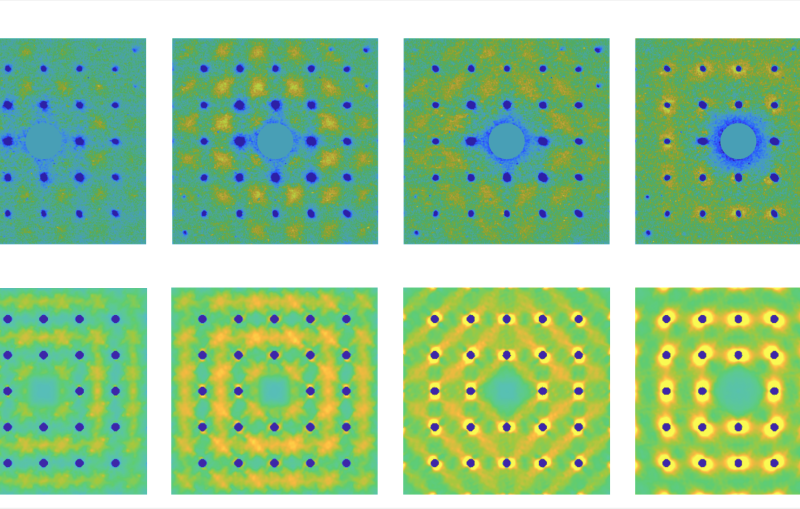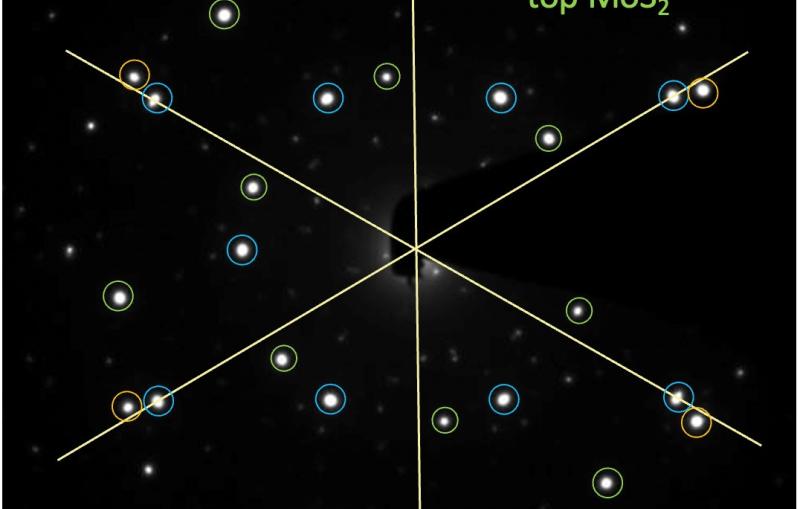July 9, 2014
Researchers Led by Stanford Engineer Figure Out How to Make More Efficient Fuel Cells
Using high-brilliance X-rays, researchers track the process that fuel cells use to produce electricity, knowledge that will help make large-scale
Using high-brilliance X-rays, researchers track the process that fuel cells use to produce electricity, knowledge that will help make large-scale alternative energy power systems more practical and reliable.

Dig Deeper




